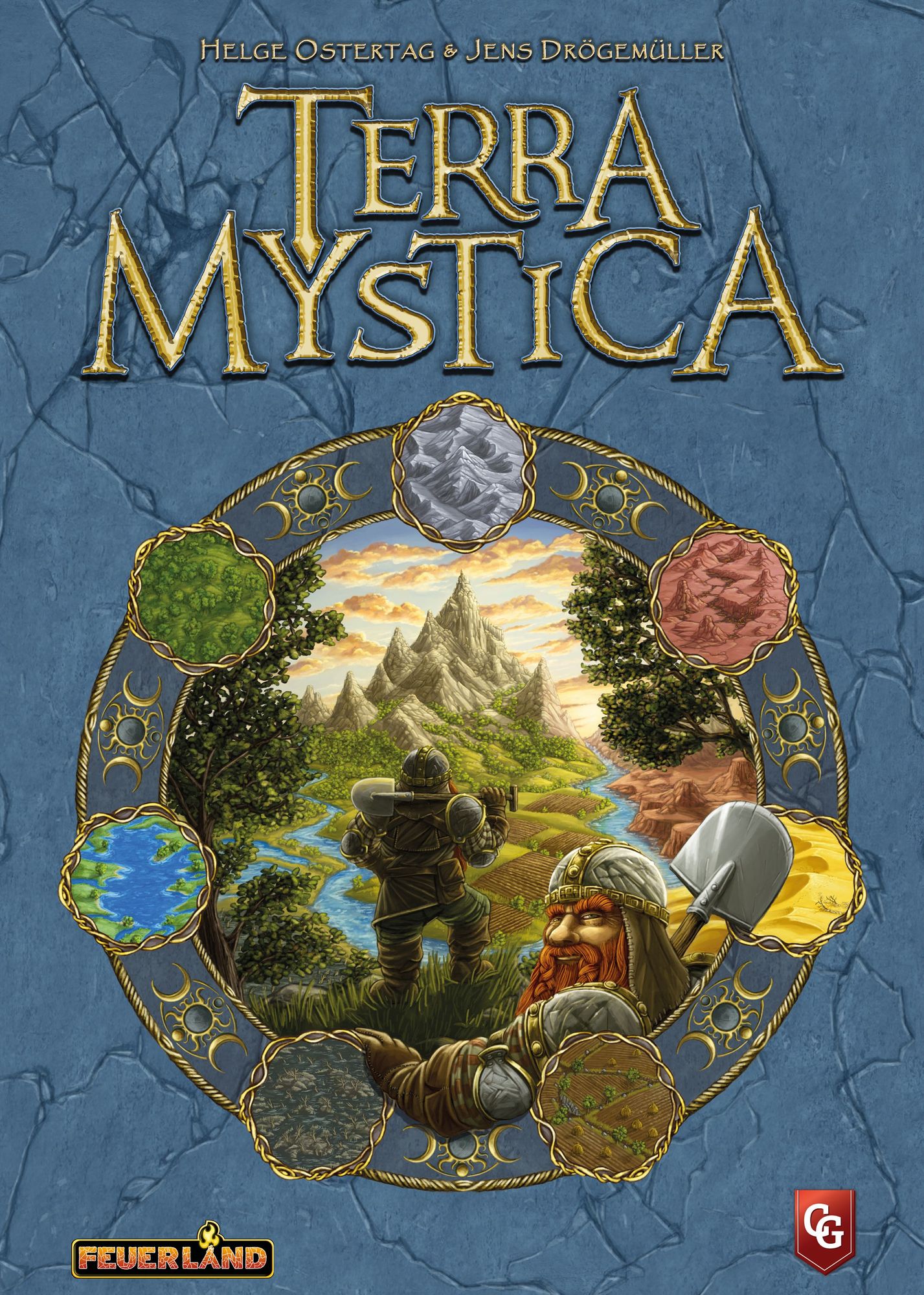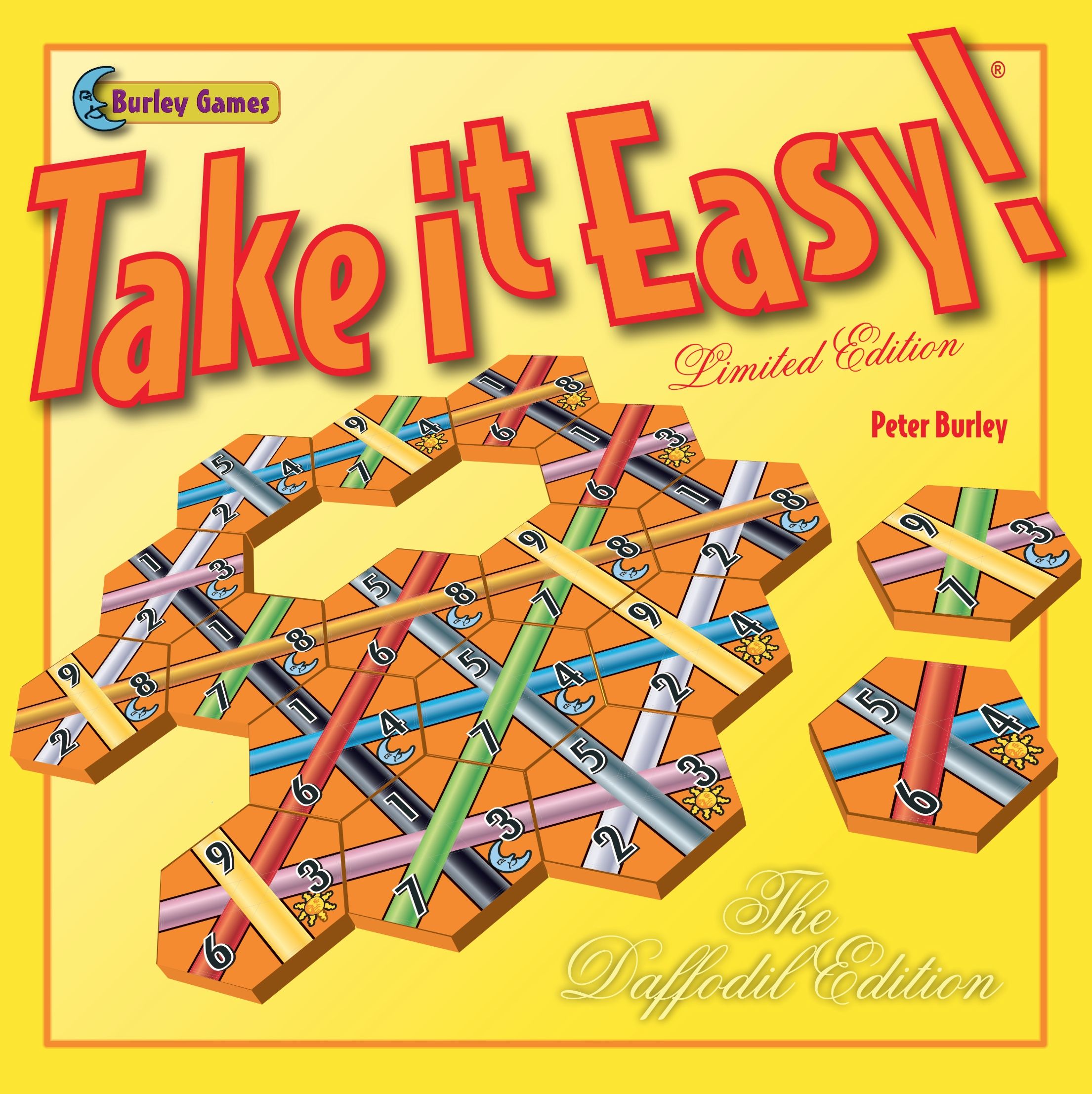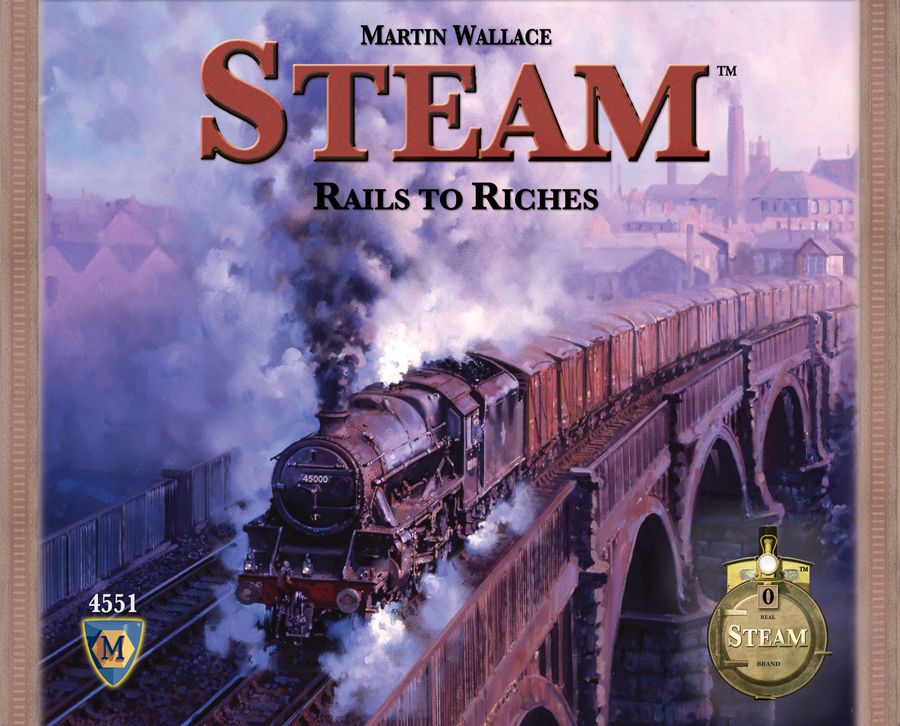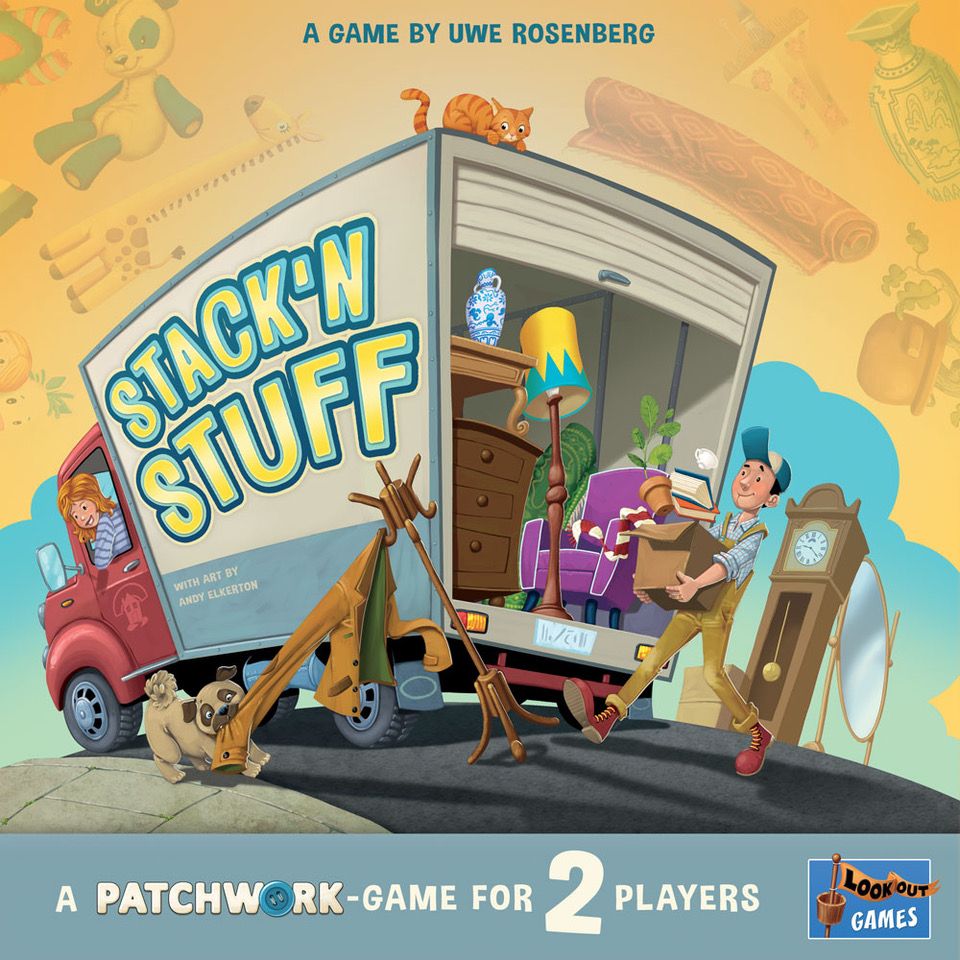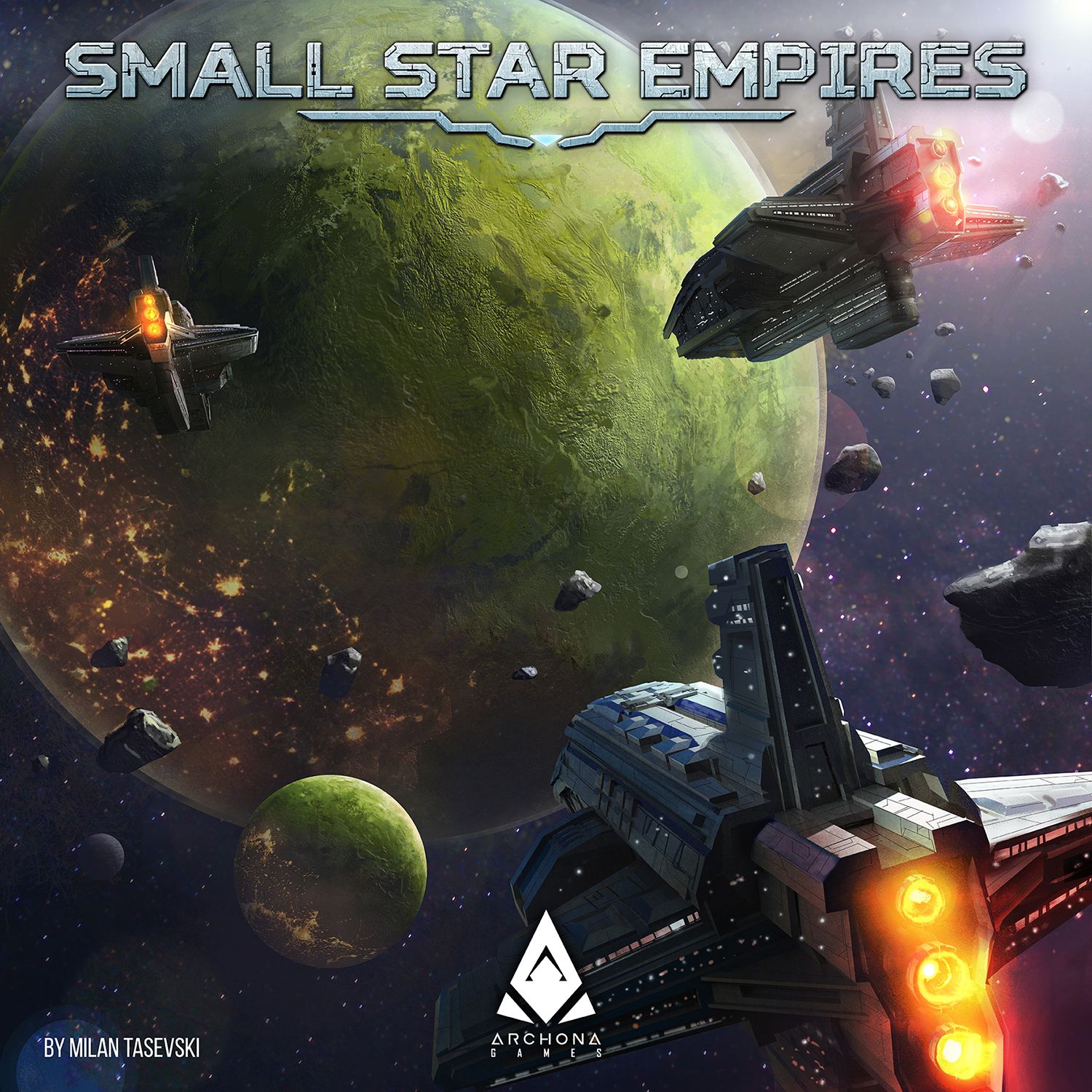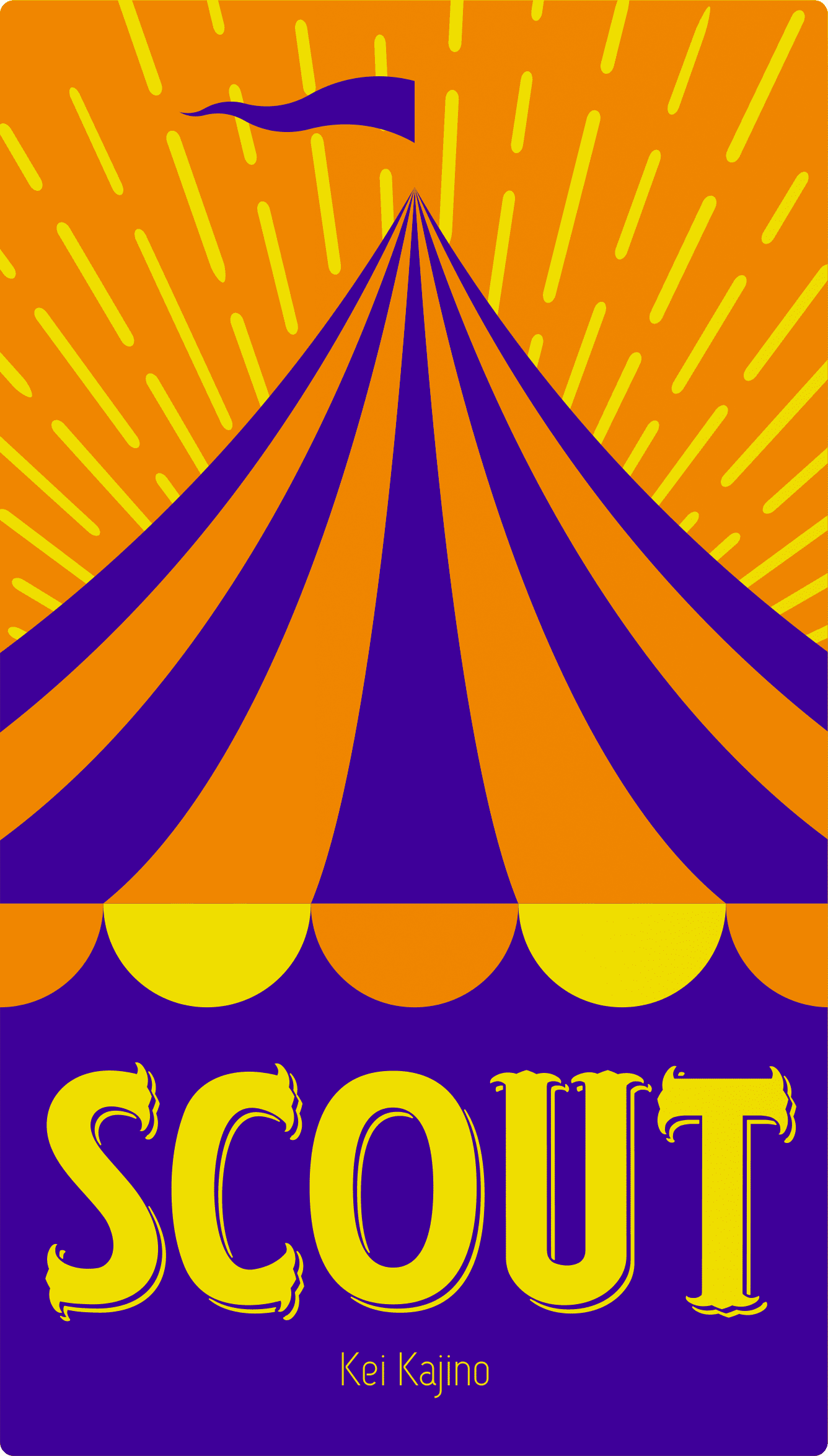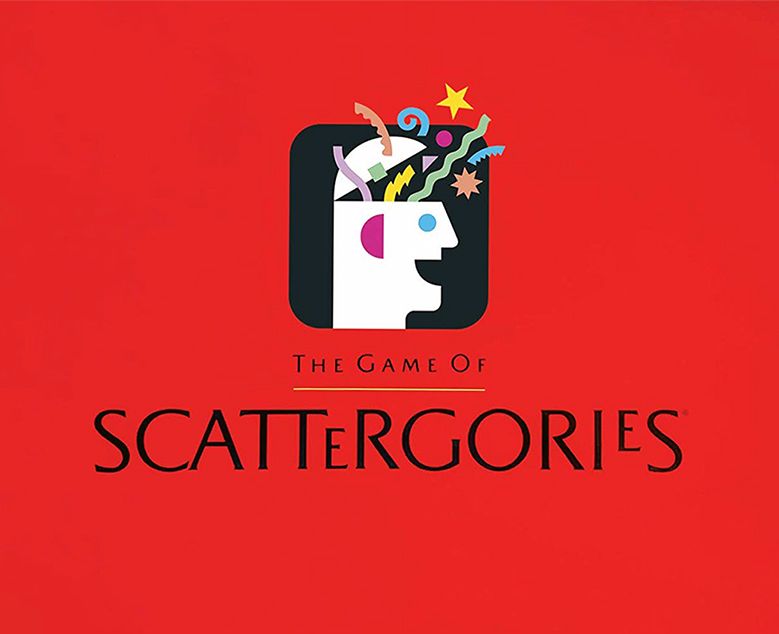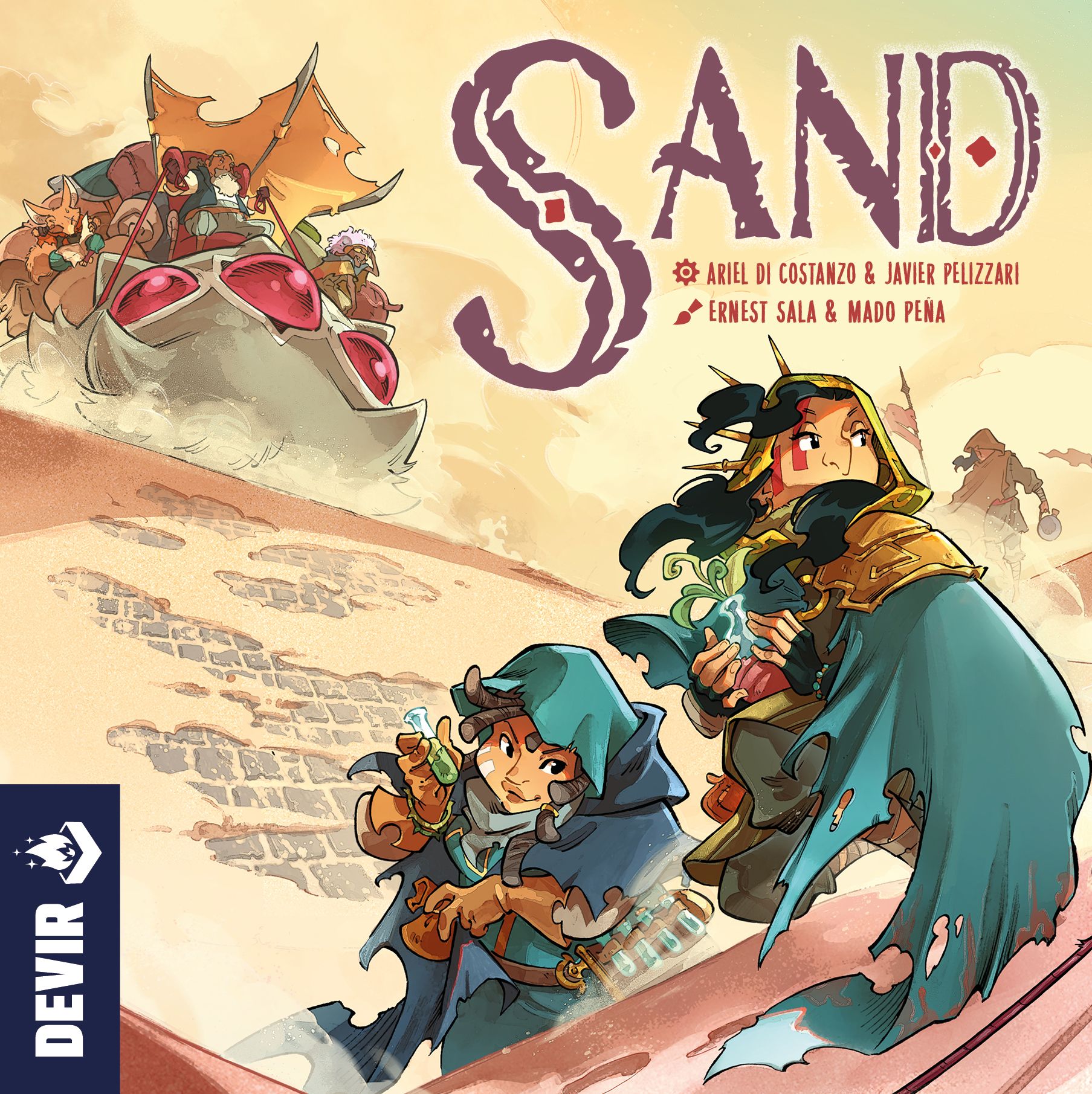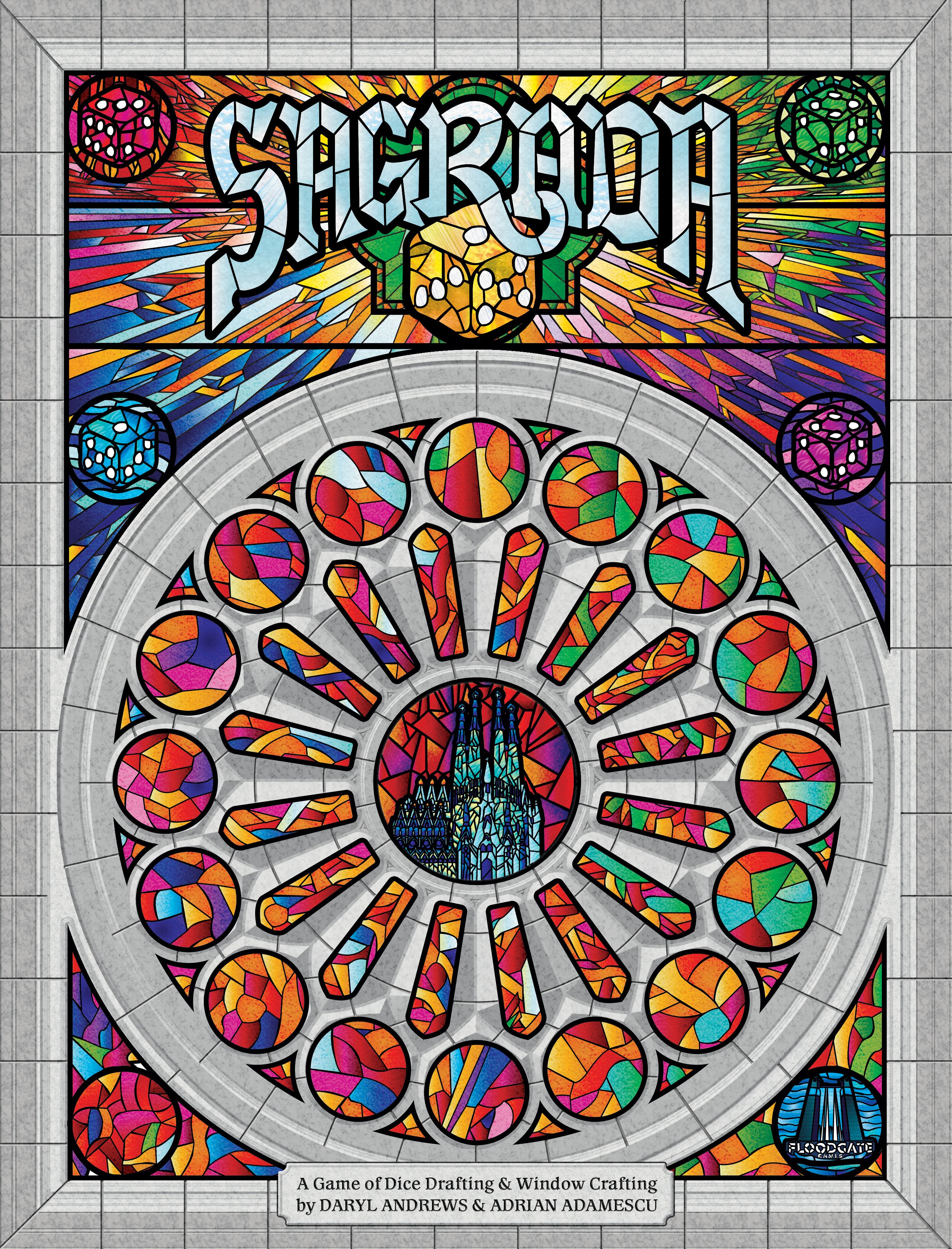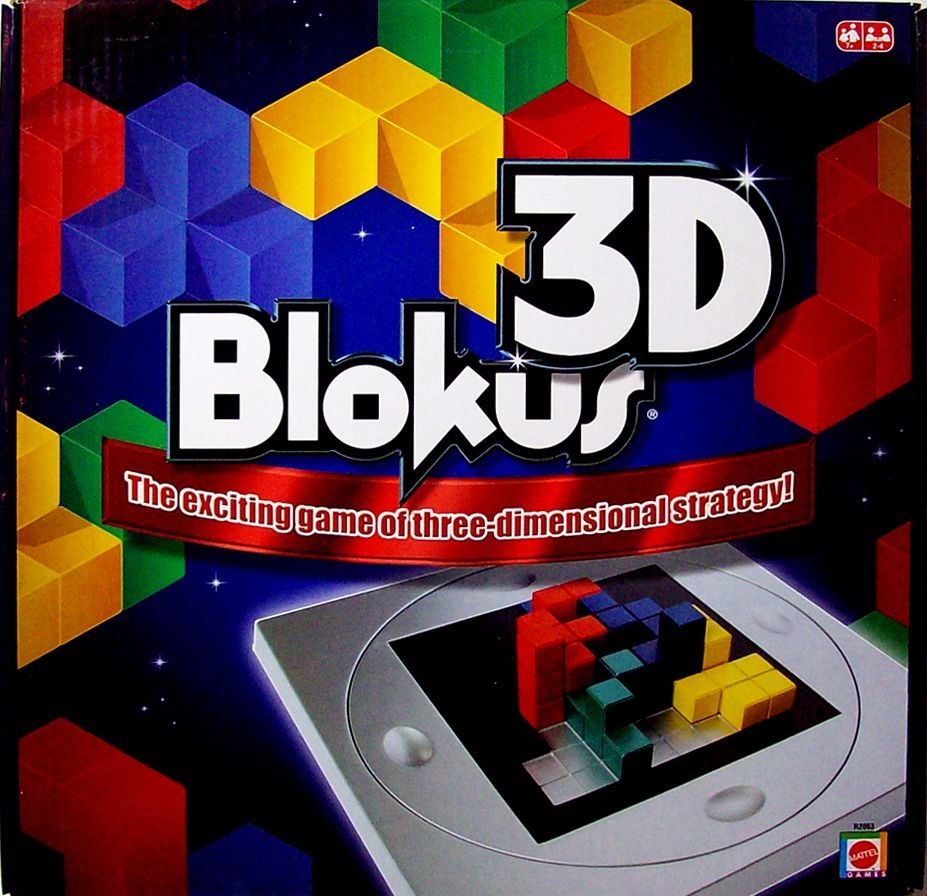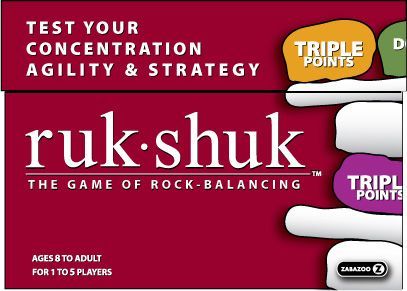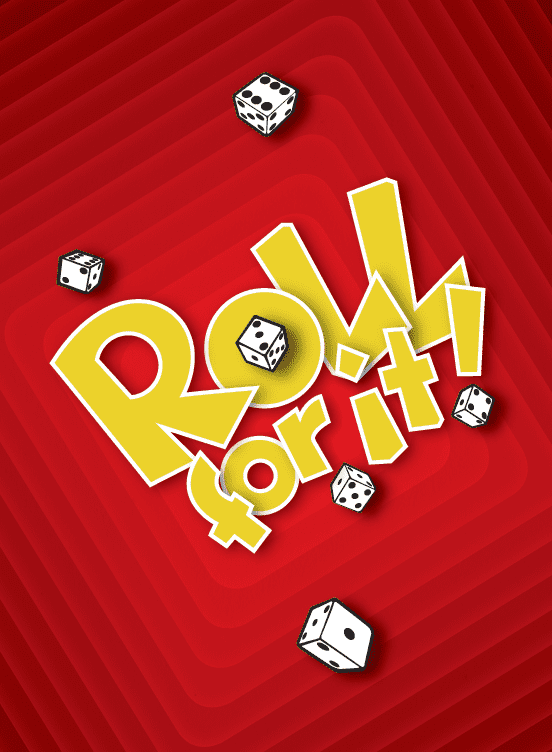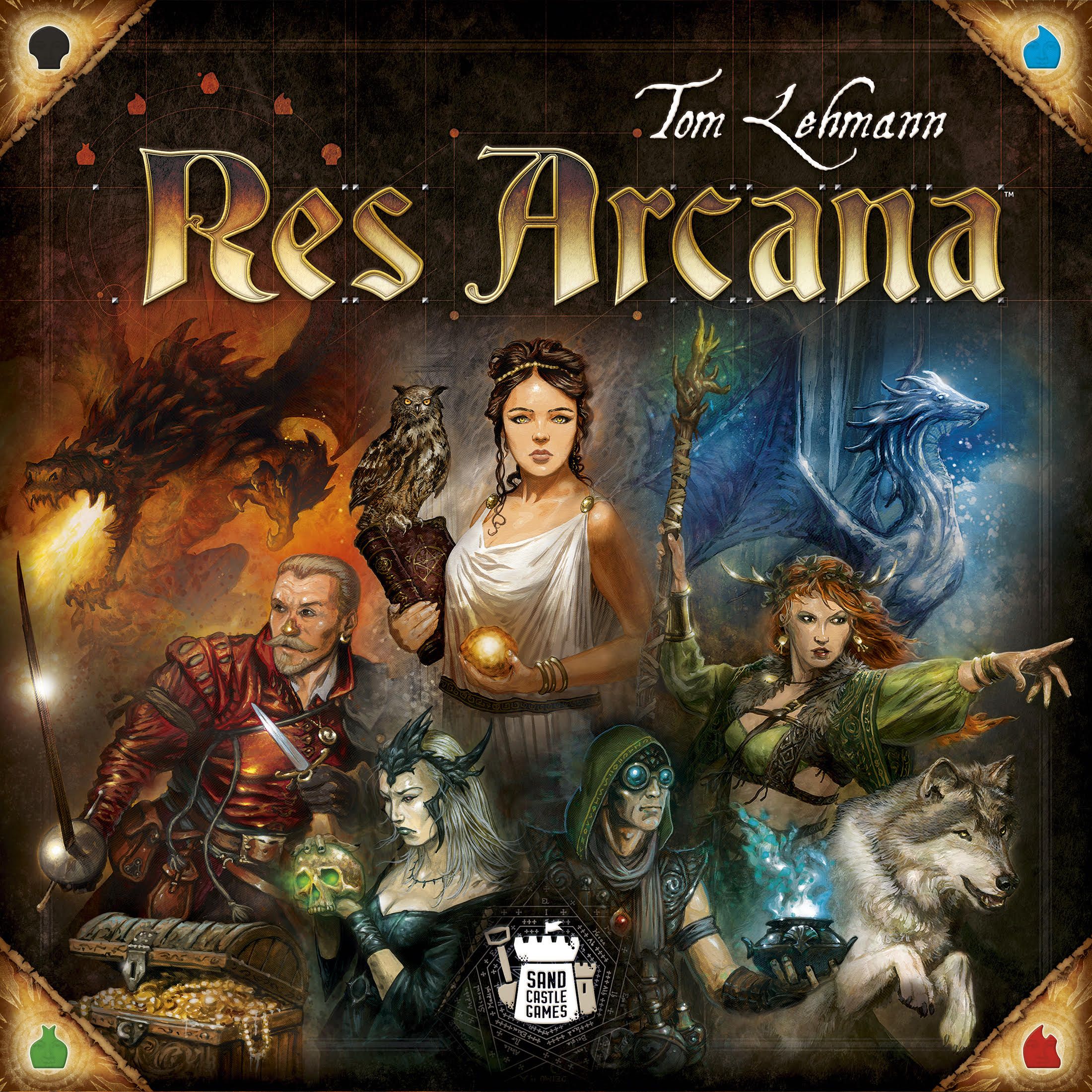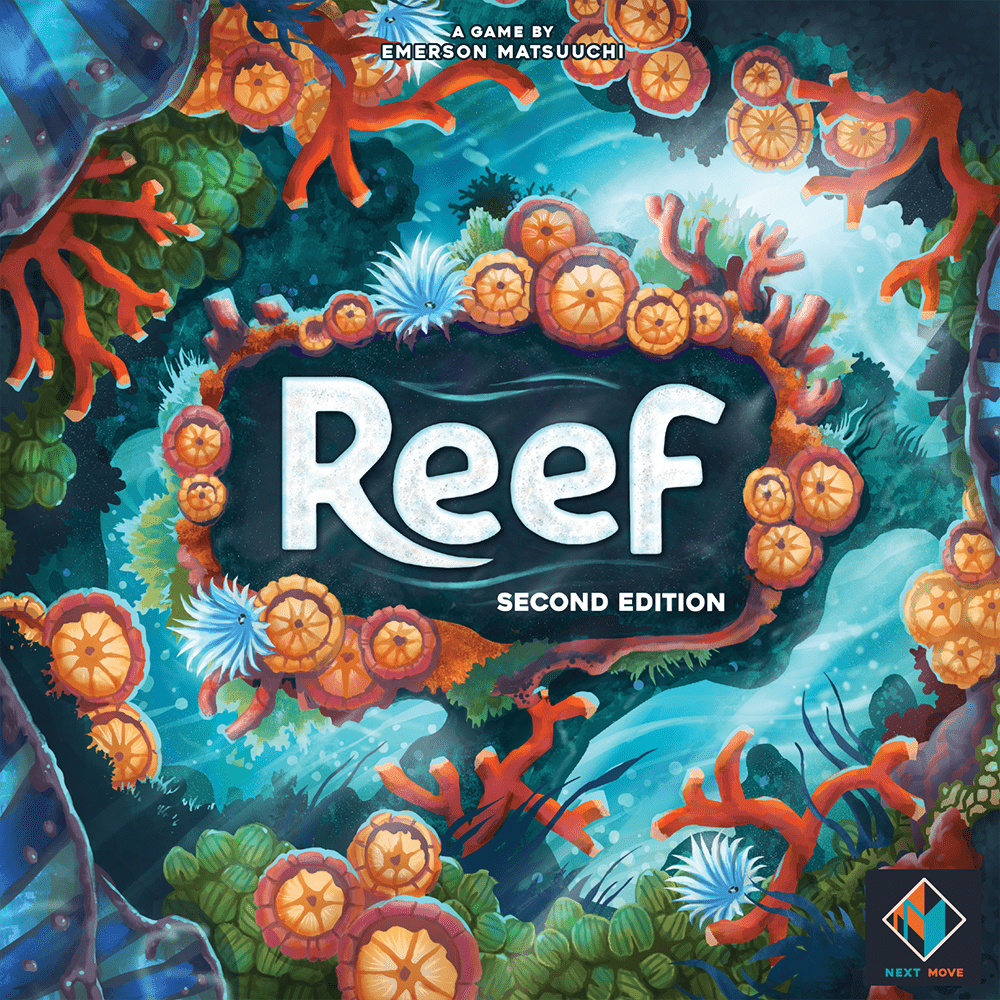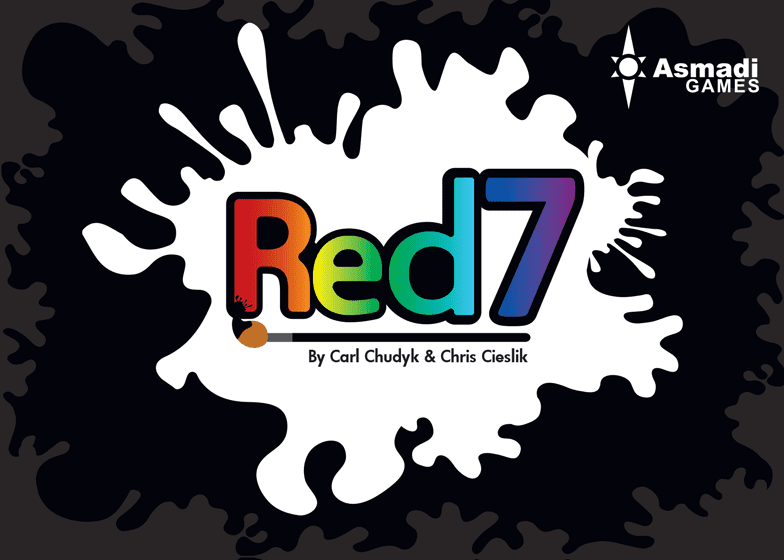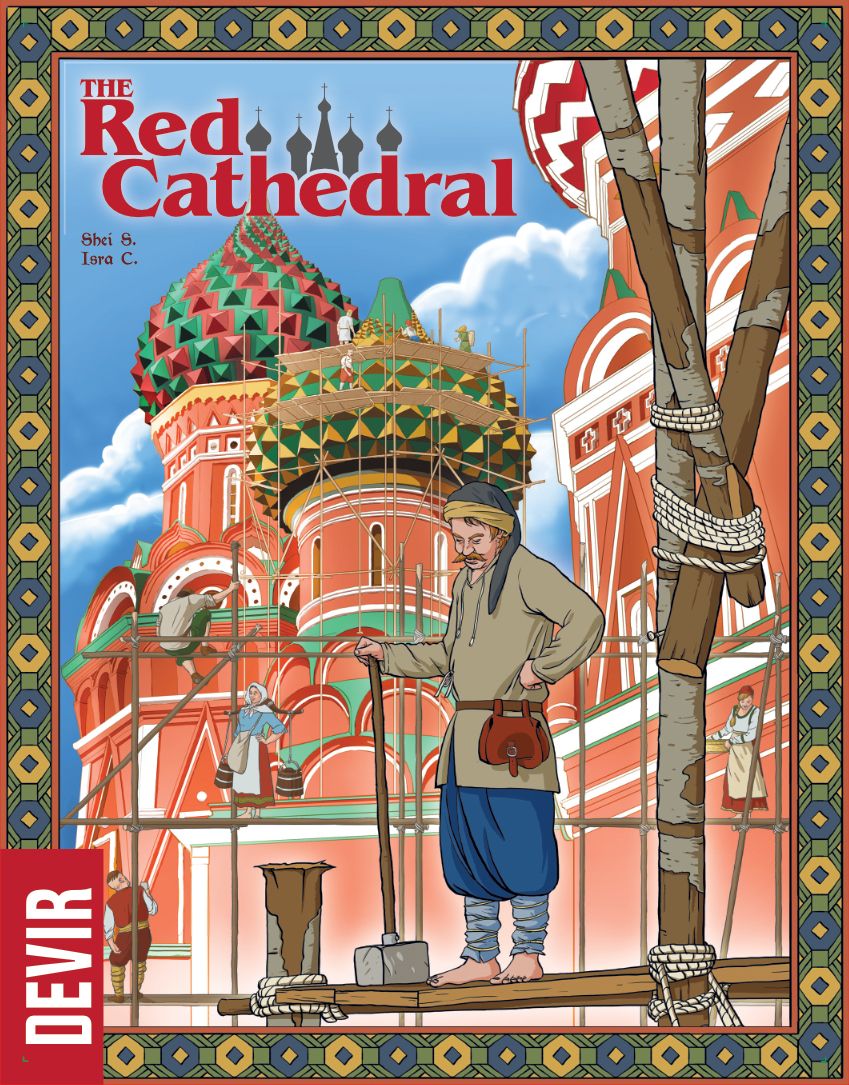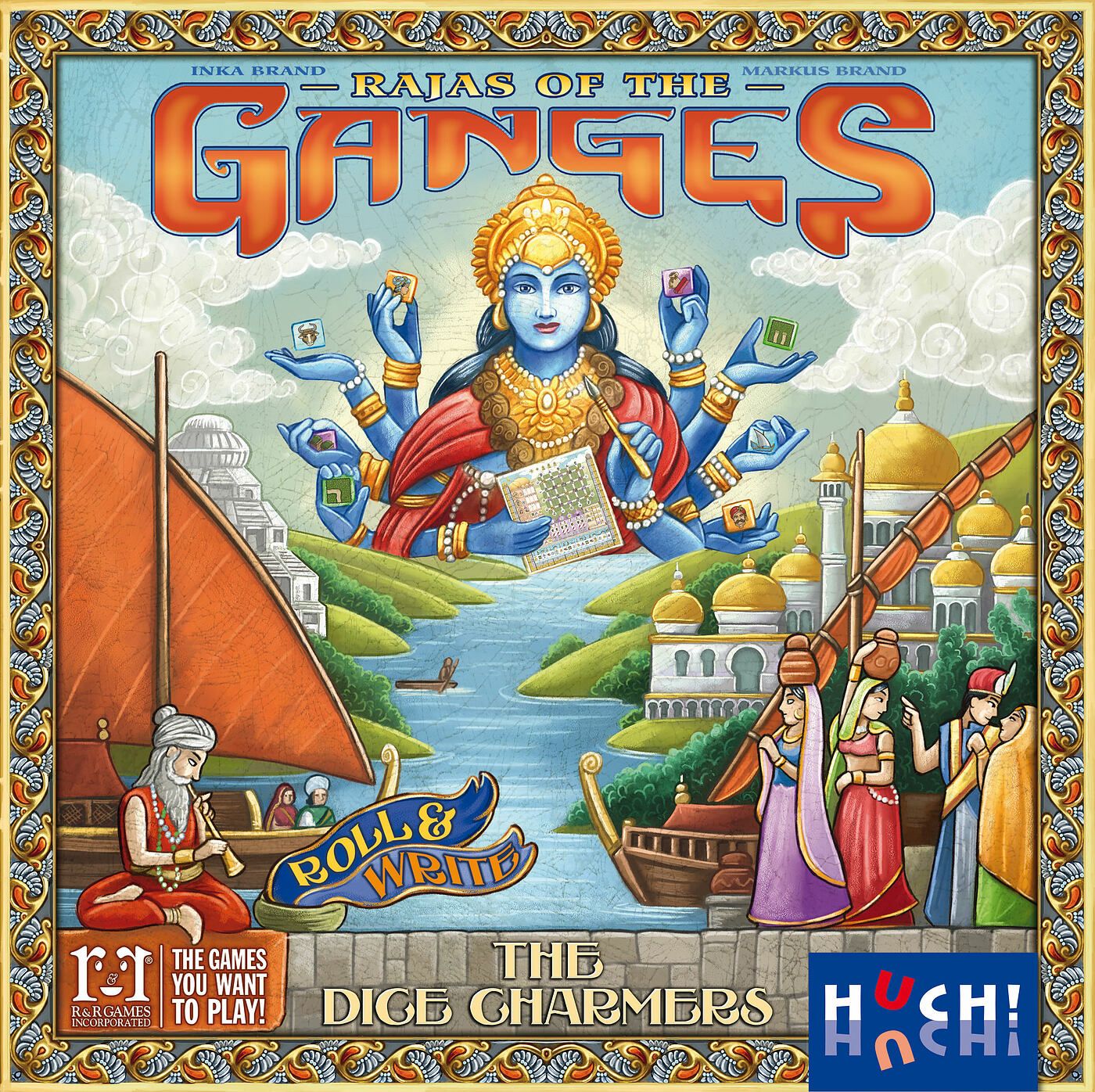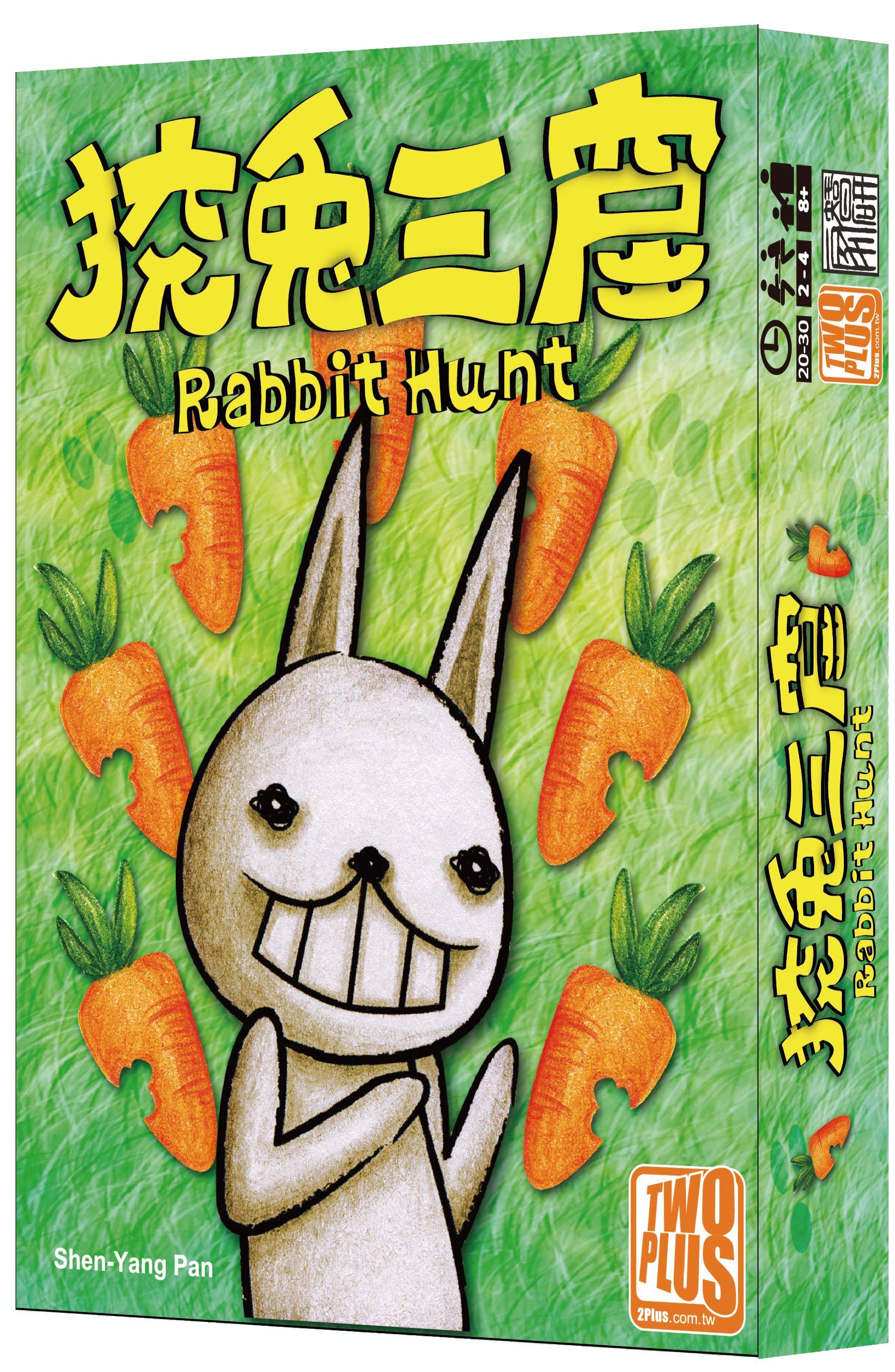Terra Mystica [Game] BGG
other title:
Терра Мистика
/
テラミスティカ
…
genre:
Civilization
/
Economic
…
platform:
Boardgame
publisher:
Feuerland Spiele
/
Bard Centrum Gier
…
In the land of Terra Mystica dwell 14 different peoples in seven landscapes, and each group is bound to its own home environment, so to develop and grow, they must terraform neighboring landscapes into their home environments in competition with the other groups.
Terra Mystica is a full information game, without any luck, that rewards strategic planning. Each player governs one of the 14 groups. With subtlety and craft, the player must attempt to rule as great an area as possible and to develop that group's skills. There are also four religious cults in which you can progress. To do all that, each group has special skills and abilities.
Taking turns, the players execute their actions on the resources they have at their disposal. Different buildings allow players to develop different resources. Dwellings allow for more workers. Trading houses allow players to make money. Strongholds unlock a group's special ability, and temples allow you to develop religion and your terraforming and seafaring skills. Buildings can be upgraded: Dwellings can be developed into trading houses; trading houses can be developed into strongholds or temples; one temple can be upgraded to become a sanctuary. Each group must also develop its terraforming skill and its skill with boats to use the rivers. The groups in question, along with their home landscape, are:
Desert (Fakirs, Nomads)
Plains (Halflings, Cultists)
Swamp (Alchemists, Darklings)
Lake (Mermaids, Swarmlings)
Forest (Witches, Auren)
Mountain (Dwarves, Engineers)
Wasteland (Giants, Chaos Magicians)
Proximity to other groups is a double-edged sword in Terra Mystica. Being close to other groups gives you extra power, but it also means that expanding is more difficult...
Terra Mystica FAQ
Terra Mystica is a full information game, without any luck, that rewards strategic planning. Each player governs one of the 14 groups. With subtlety and craft, the player must attempt to rule as great an area as possible and to develop that group's skills. There are also four religious cults in which you can progress. To do all that, each group has special skills and abilities.
Taking turns, the players execute their actions on the resources they have at their disposal. Different buildings allow players to develop different resources. Dwellings allow for more workers. Trading houses allow players to make money. Strongholds unlock a group's special ability, and temples allow you to develop religion and your terraforming and seafaring skills. Buildings can be upgraded: Dwellings can be developed into trading houses; trading houses can be developed into strongholds or temples; one temple can be upgraded to become a sanctuary. Each group must also develop its terraforming skill and its skill with boats to use the rivers. The groups in question, along with their home landscape, are:
Desert (Fakirs, Nomads)
Plains (Halflings, Cultists)
Swamp (Alchemists, Darklings)
Lake (Mermaids, Swarmlings)
Forest (Witches, Auren)
Mountain (Dwarves, Engineers)
Wasteland (Giants, Chaos Magicians)
Proximity to other groups is a double-edged sword in Terra Mystica. Being close to other groups gives you extra power, but it also means that expanding is more difficult...
Terra Mystica FAQ
